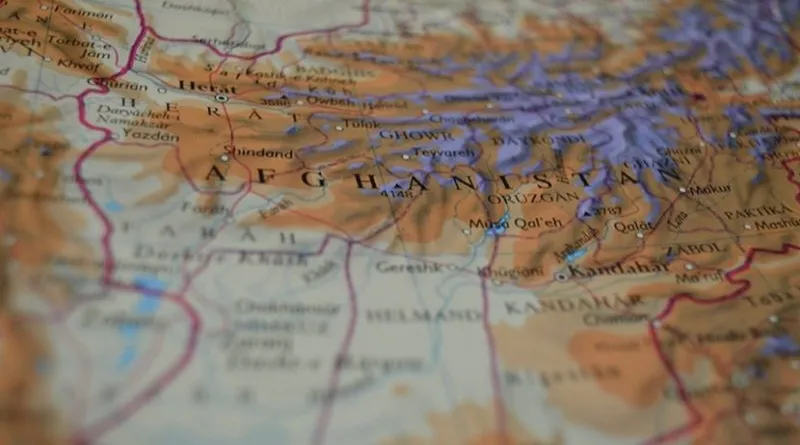
The ongoing instability in Afghanistan has far-reaching implications not only for its neighboring countries but also for the global community. As the country grapples with political turmoil, security challenges, and social unrest, the repercussions of this instability reverberate across regional and international borders.
This article delves into the multifaceted nature of Afghanistan’s instability and explores the various ways it poses a threat to its neighbors and the wider global community. From the rise of extremist groups to the potential spillover of violence and the displacement of populations, the consequences of Afghanistan’s instability demand attention and concerted efforts to address the complex challenges it presents.
Spread of Terrorism
Afghanistan’s long-standing instability has created an environment conducive to the growth of extremist groups, with the Taliban being a prominent example. These groups not only pose a direct threat to Afghan citizens but also export terrorism beyond the country’s borders. As Lieutenant General Kenneth F. McKenzie Jr., Commander of the United States Central Command, once noted, “The instability in Afghanistan has always been an accelerant for terrorism, allowing groups to find safe haven and launch attacks”. The global community remains concerned about the potential for terrorist attacks orchestrated from Afghanistan, as seen in the increased efforts to prevent such incidents.
Refugees and Displacement
The ongoing conflict in Afghanistan has resulted in one of the world’s largest refugee crises. Millions of Afghans have sought refuge in neighboring countries, including Pakistan, Iran, and Tajikistan. These host nations face significant social, economic, and security challenges in accommodating and providing for the needs of these displaced populations. The burden of hosting refugees’ places strain on resources, infrastructure, and social cohesion within these countries, impacting both the host communities and the refugees themselves. The international community must support these countries in their efforts to address the refugee crisis and mitigate its wider implications.
Drug Trafficking
Afghanistan is known as a major global producer of opium and illicit drugs. The instability in the country facilitates the flourishing of drug cartels and criminal networks, enabling them to exploit the situation for their gain. The resulting drug trafficking not only fuels addiction and organized crime but also threatens the stability and security of neighboring countries. According to Antonio Maria Costa, the former Executive Director of the United Nations Office on Drugs and Crime (UNODC), “The Afghan narcotics trade poses severe threats to the stability and security of the region” [3]. Addressing drug trafficking requires collaborative efforts involving Afghanistan, its neighbors, and the international community.
Cross-Border Conflict
The porous borders of Afghanistan have frequently been used by armed groups to launch attacks, seek refuge, and engage in illicit activities. The spill-over of conflict into neighboring countries contributes to regional tensions and exacerbates existing security challenges. Instances of cross-border conflict involving armed groups from Afghanistan have been reported in Pakistan, Iran, and Central Asian countries. The inability to effectively control and secure these borders hampers regional stability and necessitates joint efforts to mitigate cross-border threats.
Humanitarian Crisis
The persistent instability and violence in Afghanistan have led to a dire humanitarian crisis within the country. Access to basic necessities, such as food, water, healthcare, and education, is severely limited for many Afghan citizens. The resulting humanitarian needs have overwhelmed the country’s capacity to respond adequately. As a consequence, a significant number of Afghans have been forced to flee their homes in search of safety and sustenance. This displacement further exacerbates the burden on neighboring countries, as they grapple with the influx of refugees and the strain on their resources.
Conclusion
The instability in Afghanistan presents multifaceted threats to its neighboring countries and the global community at large. The spread of terrorism, the refugee crisis, drug trafficking, cross-border conflicts, and the resulting humanitarian catastrophe all demand urgent attention and collective action. It is crucial for the international community to enhance cooperation, provide support to neighboring countries hosting refugees, combat drug trafficking networks, and promote dialogue to address cross-border conflicts. Only through comprehensive and collaborative efforts can the threats emanating from Afghanistan’s instability be effectively addressed, ensuring regional security and mitigating the global ramifications of this ongoing crisis.
